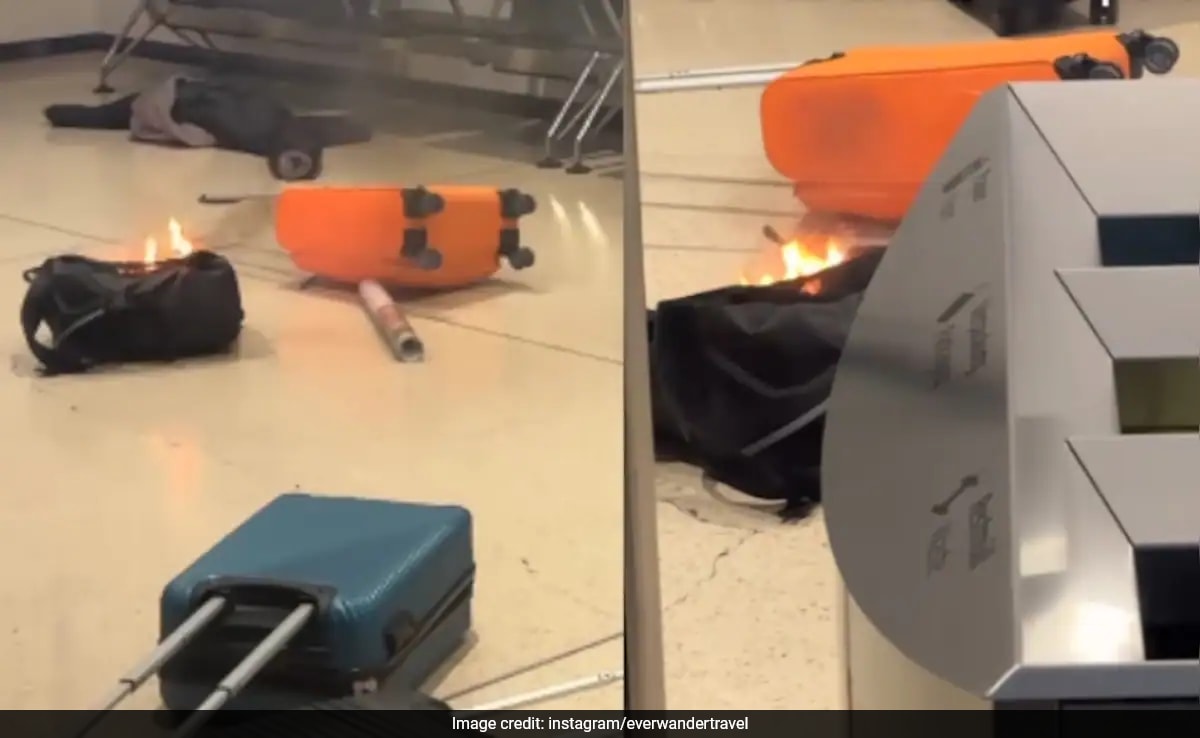In Gaza, Hamas leaders have instructed their operatives to kill hostages if they believe Israeli forces are advancing, intensifying the already volatile situation. According to a New York Times report citing Israeli officials, Hamas operatives holding hostages in Gaza have been ordered to shoot the captives if they sense an imminent approach by Israeli forces.
This development follows the Israeli Defense Forces’ (IDF) recent rescue of four hostages from Nuseirat in central Gaza. Israeli officials have disputed Hamas’ claims that three hostages were killed by Israeli airstrikes, suggesting instead that these deaths were at the hands of their captors.
Since October 7 when Hamas militants took over 200 people hostage after their land-sea-air assault on Israel, the Benjamin Netanyahu government has been striving to locate and rescue these individuals. According to the NYT report, a “fusion cell” of American and Israeli intelligence and military analysts has been working tirelessly, using drones, satellites, and communications intercepts to track hostages’ movements.
While Israel has managed to save seven hostages, many more have been killed, either during the conflict or at the hands of their captors.
“One must remember that the release of the four hostages is ultimately a tactical achievement that does not change the strategic aspect. Hamas still has dozens of hostages, the vast majority of whom, if not all, will not be released in operations, but can be rescued only as part of a cease-fire deal,” said Avi Kalo, a lieutenant colonel in the Israeli reserves as quoted by The NYT.
Efforts are further complicated by the fact that hostages are now being hidden in more secure locations, including underground tunnels, making aboveground rescues increasingly rare. The only feasible solution for most hostages appears to be through diplomatic negotiations and potential cease-fire agreements, experts have said.
UN Ceasefire Resolution
The United Nations Security Council (UNSC) on Monday approved a US-drafted resolution backing a ceasefire plan in Gaza. With 14 votes in favour and Russia abstaining, the resolution “welcomes” the truce and hostage release proposal put forth by US President Joe Biden on May 31. It urges all parties involved to “fully implement its terms without delay and without condition.” The resolution notes that Israel has agreed to the truce plan and calls on Hamas to do the same.
Hamas, in response, stated that it “welcomes” the UNSC vote. Despite this, the path to peace remains fraught with challenges. Hamas officials have demanded that any ceasefire agreement must guarantee a permanent end to the conflict, a stipulation Israel has categorically rejected, maintaining its commitment to dismantle Hamas and free all hostages.
However, the ceasefire’s future is uncertain. The proposed plan includes a six-week initial ceasefire, during which Israel would withdraw from Gaza’s population centres, and Hamas would release hostages. Negotiations would aim to extend the ceasefire and seek a permanent resolution to the hostilities.
Following the vote, Israeli diplomat Reut Shapir Ben Naftaly reiterated that the conflict would only end when Israel’s goals were met, including the complete release of hostages and the eradication of Hamas. “Hamas’ refusal to release the hostages through diplomacy has proven that the effort to bring our hostages home must also include military means,” she said.
Palestinian envoy to the UN, Riyad Mansour, expressed relief at the council’s decision, placing the onus of implementing the ceasefire on Israel. Palestinian President Mahmud Abbas described the resolution as a positive step towards ending what he termed a “war of genocide” against Palestinians in Gaza.
The conflict, which began with a Hamas attack on southern Israel on October 7, has led to significant casualties on both sides. According to an AFP tally based on Israeli official figures, 1,194 people, mostly civilians, were killed in the initial attack. Israel’s retaliatory strikes have resulted in at least 37,124 deaths in Gaza, predominantly civilians, as reported by the territory’s health ministry.














